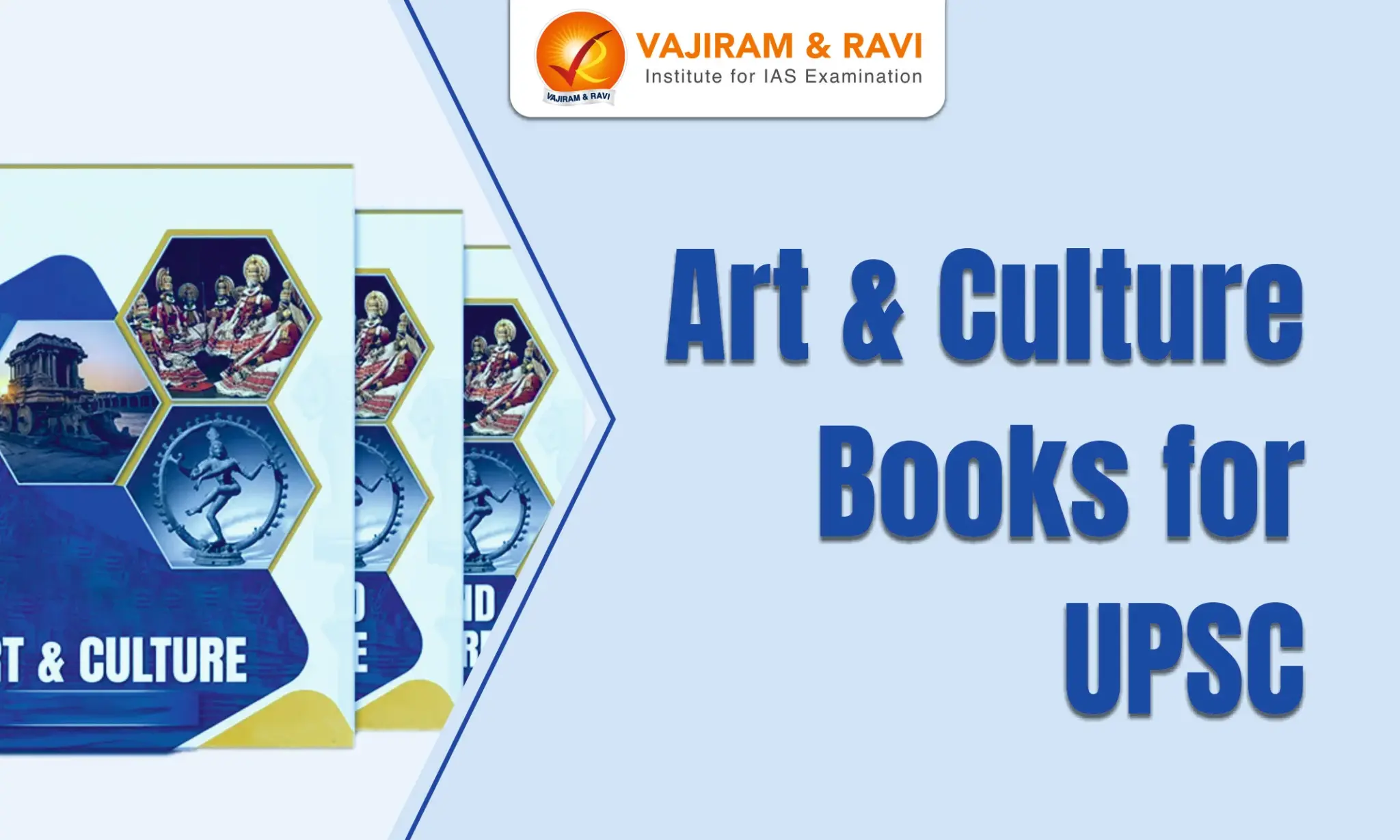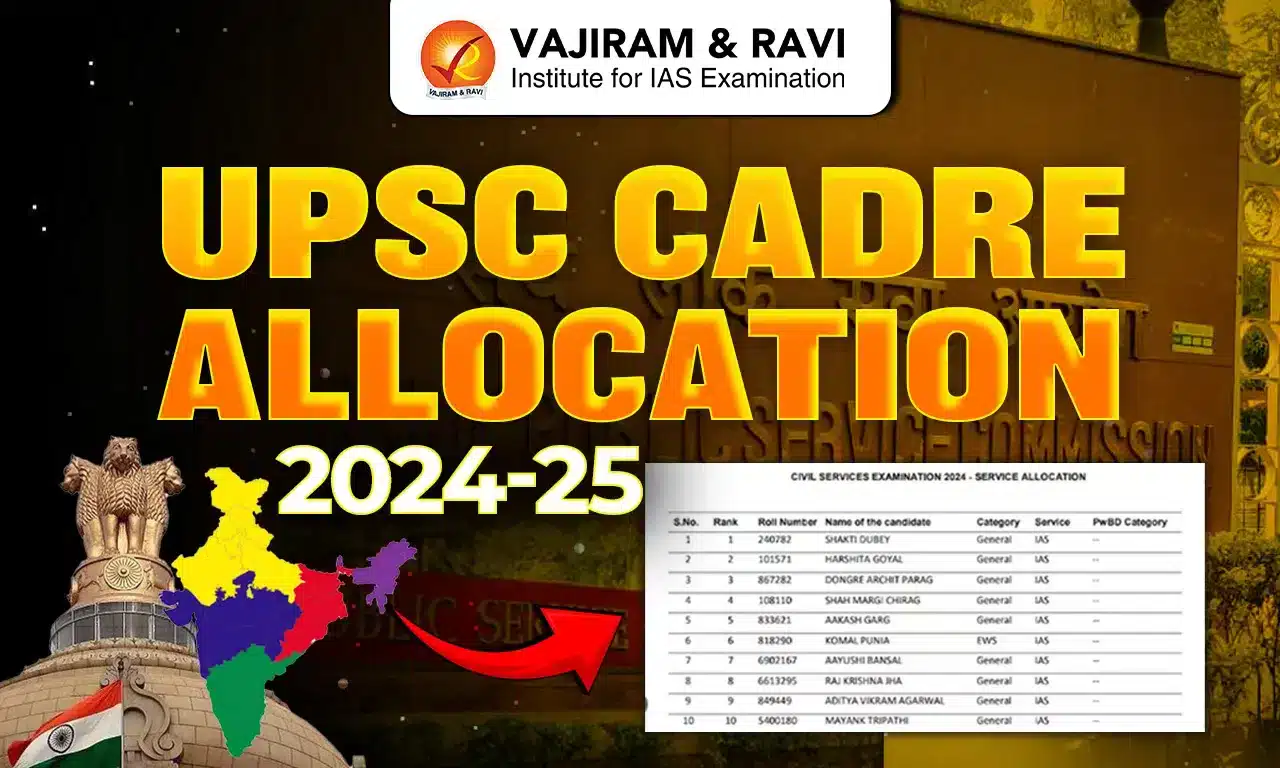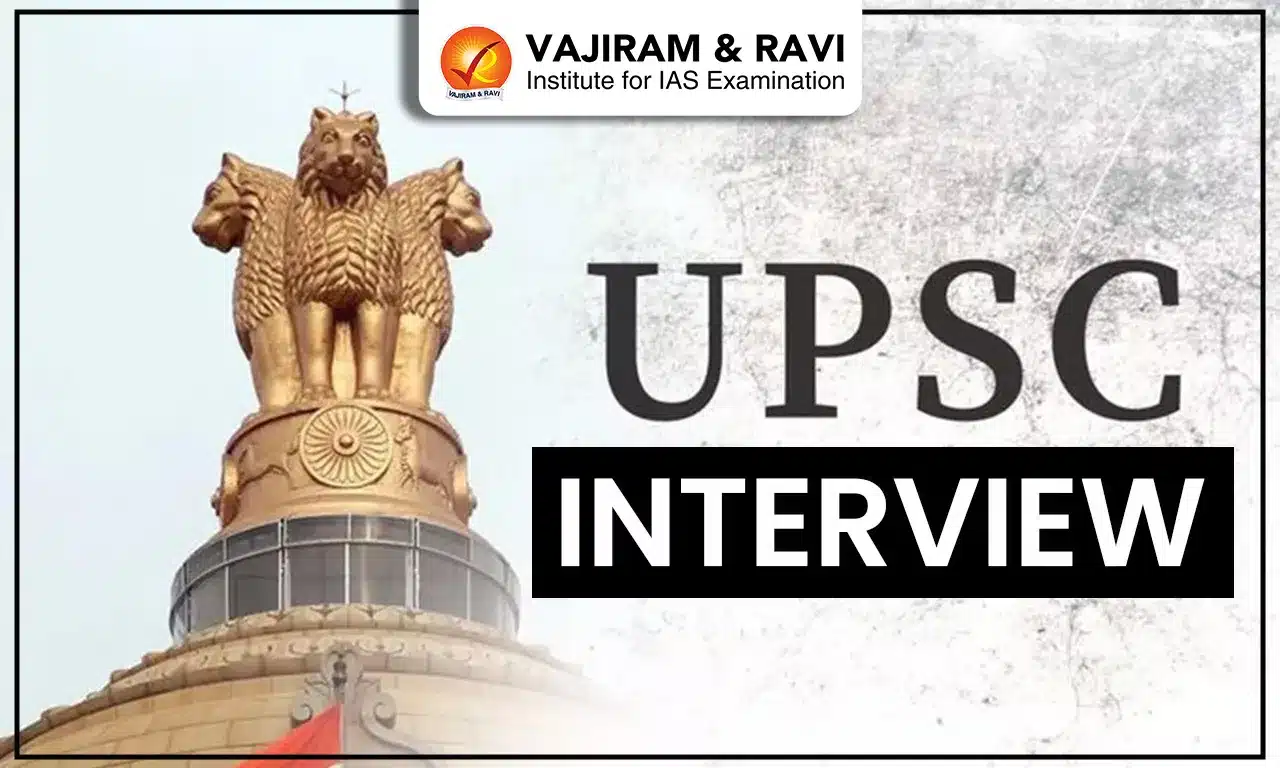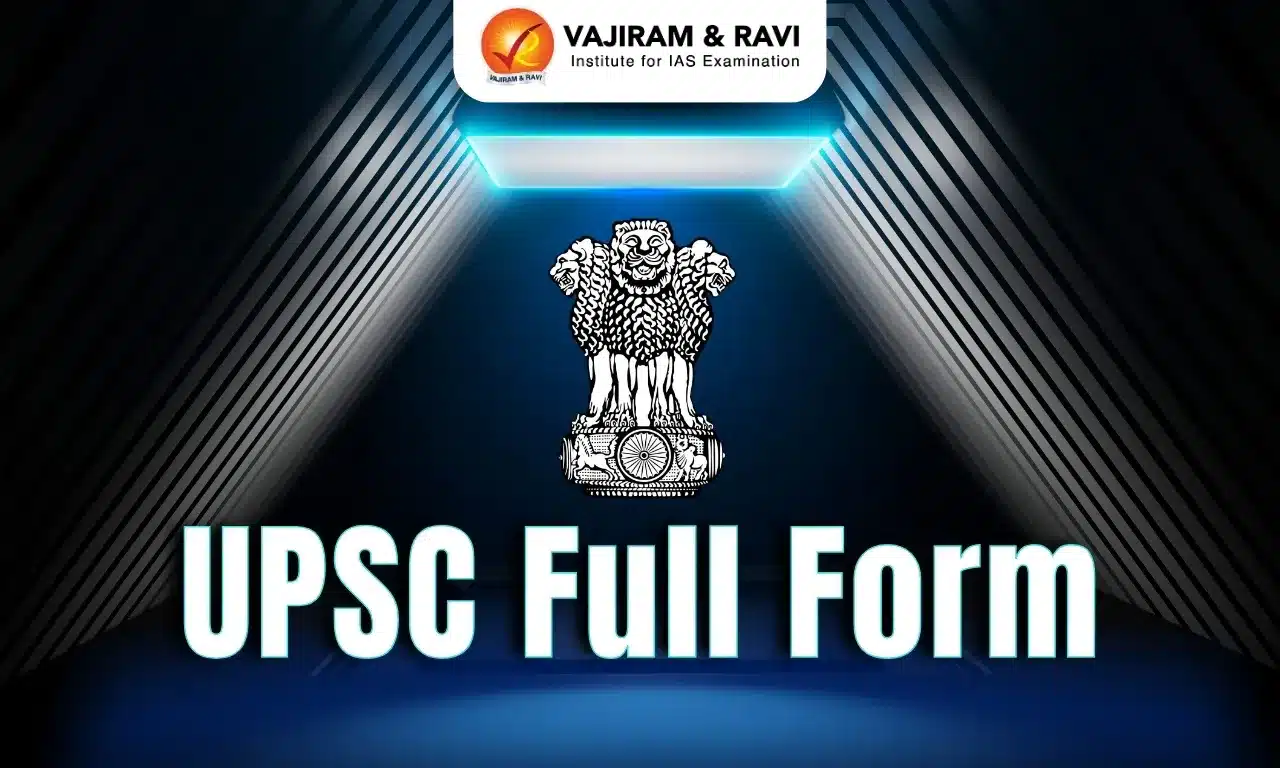The UPSC Art and Culture Books cover a wide range of topics like Indian Architecture, Indian Sculpture - the Gandhara, Mathura and Amaravati School of Art, Indian Classical Dances, Indian Classical Music, Indian Theatre, Scripts and Inscriptions, Indian Literature, Ancient Coins etc.
While Art and Culture has a vast syllabus in itself, it is not mentioned separately as a subject in the Official UPSC Syllabus. It finds a mention under UPSC Mains GS-I Syllabus under the sub-head- Salient Aspects of Art Forms, Literature and Architecture from ancient to modern times.
UPSC Art and Culture Books for Prelims and Mains
The Best UPSC Art and Culture Books for Prelims and Mains are,
- NIOS Art & Culture Book
- Indian Art and Culture by Nitin Singhania: This is a comprehensive and widely recommended book specifically tailored for UPSC aspirants. It covers a wide range of topics from ancient to modern art and culture, including dance, music, architecture, and more.
- Facets of Indian Culture by Spectrum: This book offers a concise yet comprehensive overview of India's cultural heritage, making it useful for quick revisions and grasping essential concepts.
- An Introduction to Indian Art by Vidya Dehejia: This book provides an in-depth exploration of Indian art from ancient to contemporary times, covering various forms of art, their historical contexts, and cultural significance.
- History of Indian Art by Basham, A. L., and S. Settar: This book provides an academic approach to Indian art history, delving into its cultural, religious, and regional dimensions.
NCERT Art and Culture Book for UPSC
For UPSC exam preparation, you can refer to the NCERT books related to Art and Culture. These books provide a foundational understanding of Indian art and culture, which is essential for the General Studies Paper 1 and can also be beneficial for the optional subject.
- Art & Culture NCERT Class XI - An Introduction to Indian Art (Part 1)
- Art & Culture NCERT Class XII - An Introduction to Indian Art (Part 2)
How to Prepare Art and Culture for UPSC?
To prepare Art and Culture for the UPSC exam, start by reviewing the previous year's question papers to understand the types of questions typically asked in the exam. Go through the Prelims Previous year and Mains GS-I previous year question papers for a thorough understanding of the subject.
Break down the History topic into these subtopics:
- Literature: Indian literature from ancient to modern times, including Sanskrit, Pali, Prakrit, Tamil, Telugu, Kannada, Malayalam, and Bengali literature.
- Art Forms: Indian art forms, such as painting, sculpture, architecture, and music.
- Architecture: Indian architectural styles, such as the Indus Valley Civilization, the Mauryan Empire, the Gupta Empire, and the Mughal Empire.
- Culture: Indian culture, including festivals, customs, and traditions.
- When studying any history topic from your books, take note of any facts related to the subtopics mentioned above and add them to your art and culture notes.
Pay special attention to subjects like:
- Dance Forms – Understand their background and details.
- Puppetry
- Indian Philosophy Schools
- All Types of Architecture
- Martial Arts and more
Last updated on December, 2025
→ Check out the latest UPSC Syllabus 2026 here.
→ Join Vajiram & Ravi’s Interview Guidance Programme for expert help to crack your final UPSC stage.
→ UPSC Mains Result 2025 is now out.
→ UPSC Notification 2026 is scheduled to be released on January 14, 2026.
→ UPSC Calendar 2026 is released on 15th May, 2025.
→ The UPSC Vacancy 2025 were released 1129, out of which 979 were for UPSC CSE and remaining 150 are for UPSC IFoS.
→ UPSC Prelims 2026 will be conducted on 24th May, 2026 & UPSC Mains 2026 will be conducted on 21st August 2026.
→ The UPSC Selection Process is of 3 stages-Prelims, Mains and Interview.
→ UPSC Result 2024 is released with latest UPSC Marksheet 2024. Check Now!
→ UPSC Prelims Result 2025 is out now for the CSE held on 25 May 2025.
→ UPSC Toppers List 2024 is released now. Shakti Dubey is UPSC AIR 1 2024 Topper.
→ UPSC Prelims Question Paper 2025 and Unofficial Prelims Answer Key 2025 are available now.
→ UPSC Mains Question Paper 2025 is out for Essay, GS 1, 2, 3 & GS 4.
→ UPSC Mains Indian Language Question Paper 2025 is now out.
→ UPSC Mains Optional Question Paper 2025 is now out.
→ Also check Best IAS Coaching in Delhi
Art and Culture Books for UPSC FAQs
Q1. Which Art and Culture book is important for UPSC?+
Q2. What to read in Nitin Singhania's Art and Culture Book?+
Q3. In which paper Art and Culture is included in the UPSC Mains exam?+

















